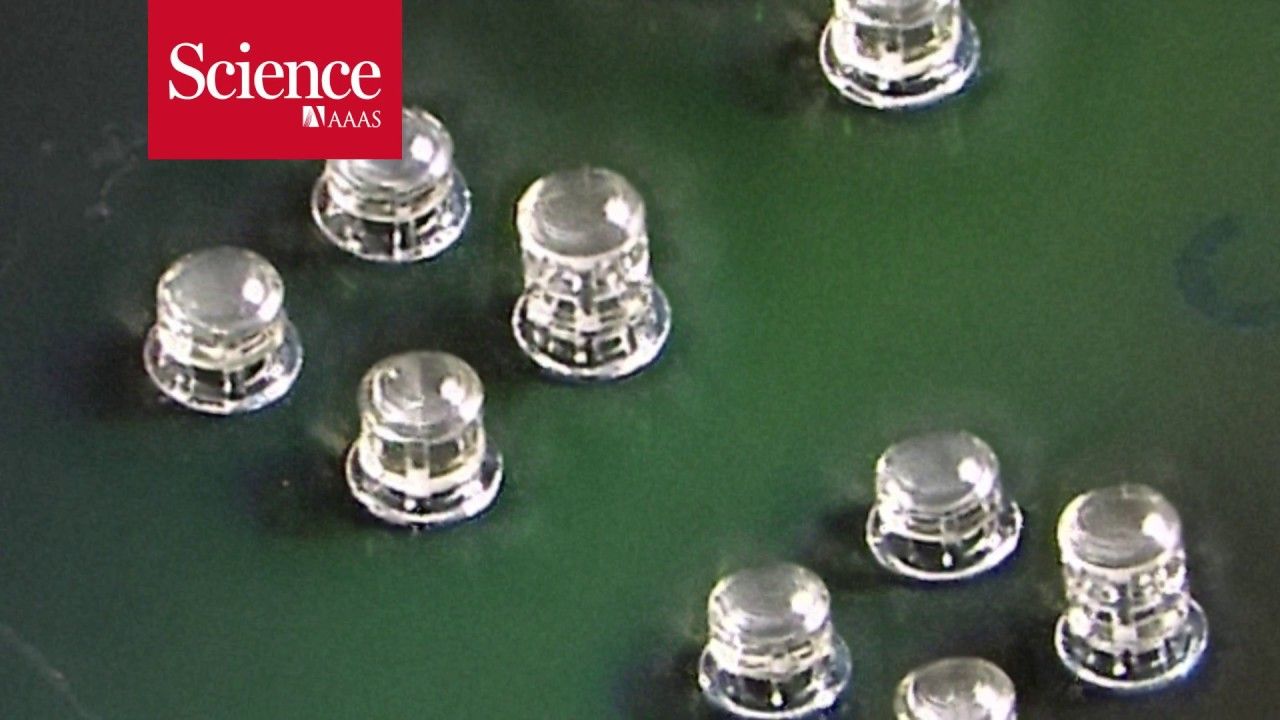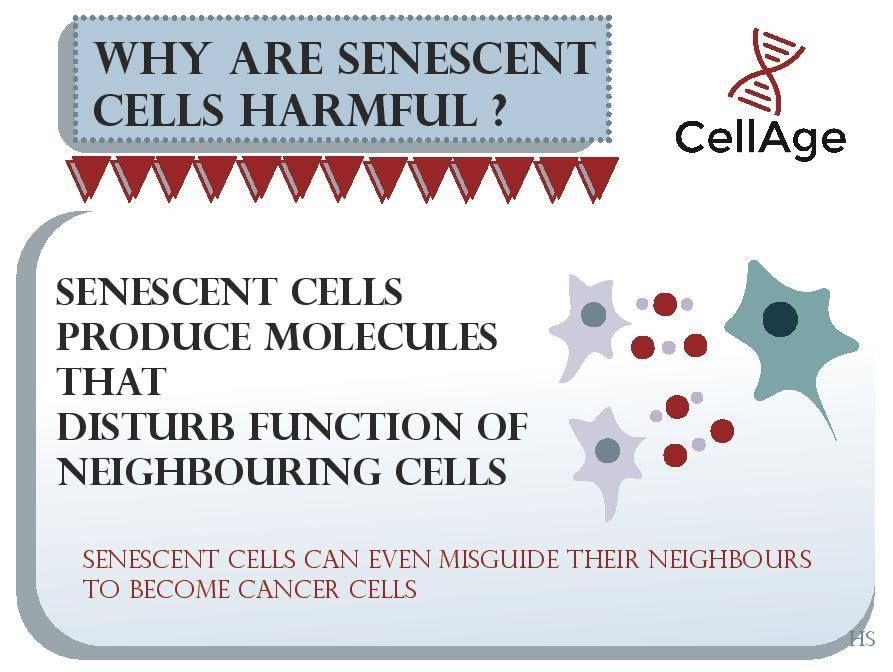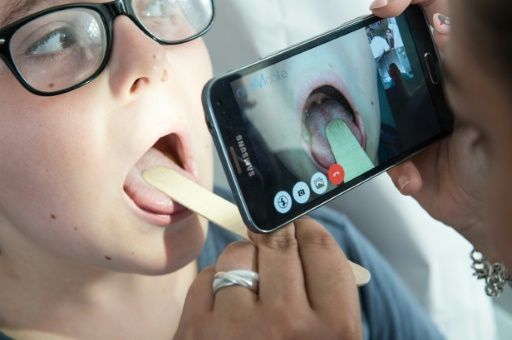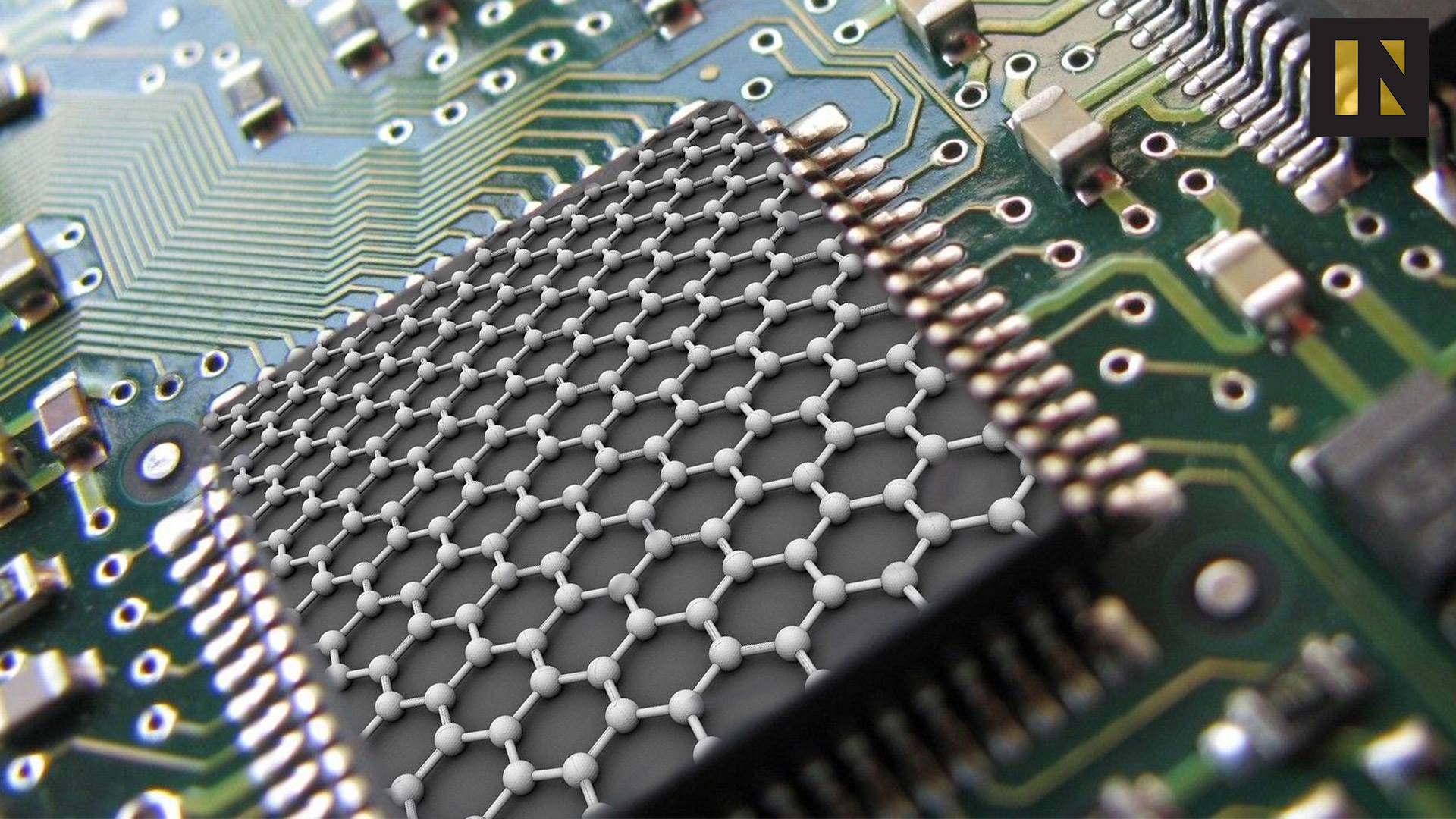In many ways, the human eye is nothing like a digital camera. Our eyes don’t have a fixed frame rate or resolution; there’s no consistent color reproduction, and we have literal, sizable blind spots. But, these optic inconsistencies — found in every biological eye — are the product of natural selection, and offer a number of benefits which scientists working in digital vision can take advantage of.
Case in point is a new type of 3D-printed lens created by researchers from the University of Stuttgart in Germany. Each lens is made from plastic and is no bigger than a grain of salt. But, their size is only one aspect of their cleverness. The real innovation here is that the lenses mimic the action of the “fovea,” a key physiological feature of the eyes of humans and eagles, that allows for for speedier image processing.









